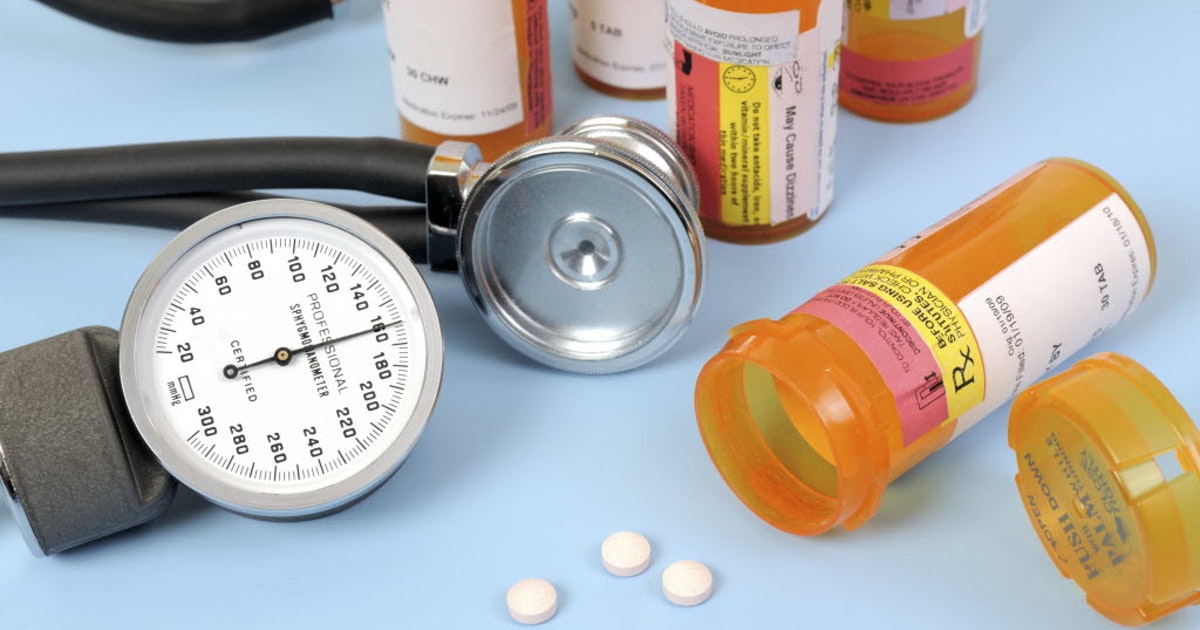How To Treat And Manage Renal Vein Thrombosis
Renal vein thrombosis is the occurrence of a blood clot in a renal vein. Everyone has two renal veins, and they're responsible for draining oxygen-depleted blood from the kidneys. A clot can occur in one or both of them, but the disorder is uncommon. The blood clot will eventually lead to reduced drainage of at least one kidney and can cause severe damage. It may also migrate to other areas and cause life-threatening injuries. Renal vein thrombosis mainly affects infants who have blood clotting abnormalities or are suffering from dehydration and adults with nephritic syndrome, which is a kidney disorder. Common symptoms include decreased urine output, bloody urine, or lower back pain. Diagnostic tests for renal vein thrombosis include a urinalysis, CT scan, or a magnetic resonance imaging (MRI) test. Treatments range depending on the severity of the clot. Reveal them now.
Medication

Medication is the most common form of treatment for renal vein thrombosis. Intravenous and oral anticoagulants are prescribed to prevent blood clots from forming and have become the standard treatment for this condition. Anticoagulants are blood thinners, and some patients may need them for a lifetime if their renal vein thrombosis is severe. Warfarin and heparin are two of the main anticoagulants used to treat renal vein thrombosis. The more popular of the two is heparin because of its convenience and low risk of complications. Warfarin, on the other hand, has many known contraindications with other drugs. Side effects of anticoagulants include excessive bleeding, extreme bruising, headaches, back pain, breathing difficulties, or chest pain. Warfarin can bring about nausea, vomiting, diarrhea, hair loss, or rashes. Patients taking heparin may experience hair loss and a decrease in the number of platelets in the blood, but this medicine is required to restore normal renal function. Patients will more than likely experience long-term kidney damage without it. It’s crucial for renal vein thrombosis patients to get the appropriate medicine in a timely manner to prevent migration of the blood clot and improve their chances of survival. Patients suffering from nephritic syndrome should seek immediate medical attention if they experience any renal vein thrombosis symptoms.
Keep reading to discover more ways to treat renal vein thrombosis now.